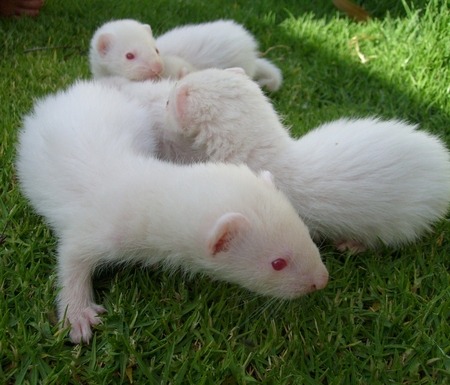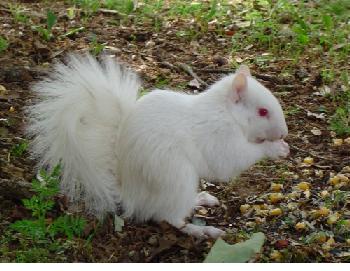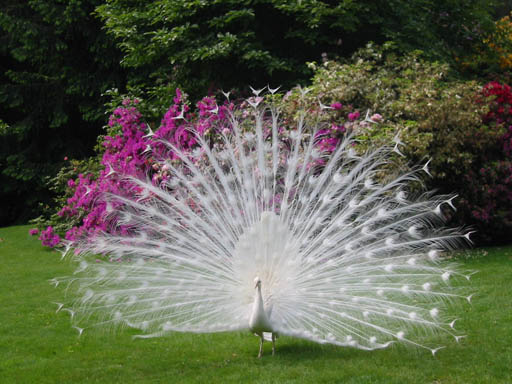 |
Rusty, the giant ground sloth,
University of Iowa Museum. |
The giant ground sloth is EXTINCT, so you don't have to worry about running into any of them. Which is good, because even though they didn't eat people or dogs, they were still very big and scary-looking, as least in my opinion!
There were something like 80 types of ground sloths, and there's no way I'm going to talk about all of them, so I have just picked one very interesting species to tell you about, and its name is
Megalonyx jeffersonii, which means "Jefferson's big claw." The "Jefferson" part of the name actually came from Thomas Jefferson, the man you might have learned about in your grade-school history class, who wrote the Declaration of Independence and also later was the third president of the United States.
 |
| The very bones that puzzled Mr. Jefferson |
So anyway, here's how Mr. Jefferson got involved with the giant ground sloth. Back in the 1790s, there were these miners working in a cave in West Virginia, which at the time was just plain-old Virginia, and they were digging for saltpeter, because they needed it to make gunpowder and some other stuff. Anyway, they found these weird bones, and somebody thought Mr. Jefferson should see them because he was from Virginia and also he liked anything that had to do with science.
And when Mr. Jefferson saw the bones, he thought they had maybe belonged to a humongous bear or tiger or something. But nobody knew of any animals that had bones like that. Which didn't mean there weren't any. It just meant they hadn't found these animals yet. Because back in those days, people didn't know about dinosaurs or other extinct animals. They only figured that stuff out later, with the help of a man named Charles Darwin.
 |
| Yummy leaves! Oh boy! |
So anyway, in 1797 Mr. Jefferson gave a talk about the bones at a meeting of the American Philosophical Society in Philadelphia. And because of the really big claw that the animal had, Mr. Jefferson named it "Big Claw" or Megalonyx. A few years later, when President Jefferson sent Lewis and Clark on their big trip to the west coast and back, he told them to watch for Big Claw, but they never did see this animal because, of course, it had already been extinct for, like, 9,000 years.
 |
| The tooth of a ground sloth |
Eventually, people figured out that the giant ground sloth wasn't around anymore, but they could kind of guess what it must have looked like by studying its bones. And what they decided was that it had been about 8 to 10 feet long, with a short, wide head, a strong jaw, and teeth that looked kind of like pegs. And it might have weighed as much as 800 pounds, which meant it was actually only a medium-sized giant ground sloth.
Anyway, since Big Claw was flat-footed and had a really strong tail, it could stand on its hind legs and reach way up into trees to get leaves and branches, which is what it mostly liked to eat. And it had three really big claws on each front leg, which were handy for ripping off branches and stuff.
The extinct sloths are all called "ground sloths," even though some of the smaller ones might have hung out in trees. The extant sloths are called "tree sloths," because they for sure like to live in trees. Ground sloths started out in South America about 200,000 years ago and then kind of wandered up to North America. They are only distantly related to tree sloths, so we don't know whether they were as slothful as today's sloths, but wouldn't it be funny if they were actually very perky and full of energy?




















